Moaksan Provincial Park (모악산 도립공원)
11.3Km 2024-04-07
Moak 15-gil, Geumsan-myeon, Gimje-si, Jeonbuk-do
+82-63-540-3103
Moaksan Mountain, embracing Geumsansa Temple, Gwisinsa Temple, Suwangsa Temple, and Daewonsa Temple, is 795.2 meters high and stands tall on the east side of the Gimje Plains, offering a panoramic view of the Honam Plains. It was designated as a provincial park in 1971 and is one of the four scenic views in the southern region, with outstanding scenery and many cultural properties, including national treasures. In particular, Geumsansa Temple, built in the first year of King Beop of Baekje (599) and with about ten major cultural properties, is located here, where you can see splendid Buddhist art. If you cross Moaksan Mountain, there are temples such as Daewonsa Temple and Suwangsa Temple on the southeastern slope. Gwisinsa Temple is on the west side. Geumpyeong Reservoir, located near the Geumsansa Temple entrance, is also a suitable fishing spot.
Moaksan Mountain has been considered the home of the Maitreya beliefs since ancient times, and along with the headquarters of Jeungsangyo, it also attracted attention as a gathering place for various new religions in the 30s and 40s. According to records, as many as 80 temples are at the foot of Moaksan Mountain. To hike, leave Geumsansa Temple and climb along the ridge behind Simwonam Hermitage. In spring, azaleas are in full bloom all the way to the top. From the summit, the Gimje Plains and the Mangyeonggang River come into view, as well as Jeonju and Unjangsan Mountain. The cherry blossom tunnel from the parking lot to Iljumun Gate is also spectacular.
Café By Chance (우연하게도)
12.5Km 2024-04-07
188-13 Urim-ro, Geumsan-myeon, Gimje-si, Jeonbuk-do
Café By Chance, located in Cheongdo-ri, Gimje-si, is an excellent place to relax while seeing the beautifully decorated garden and fountain spouting cool water. Guests can also sit with their dogs at the outdoor tables, making it a great place to spend leisurely time with one’s beloved dog. This place is also famous for its oven-baked pizzas, and its signature menu item is Oven-baked Gorgonzola Cheese Pizza. The chewy texture of the dough improves the flavor of the pizza. Moreover, there are various menu items such as figs, sweet potatoes, pepperoni, and margherita. Guests can choose two flavors and enjoy a half-and-half oven-baked pizza.
* Pets allowed
Moaksan Mountain (모악산)
13.4Km 2024-04-07
Gui-myeon, Wanju-gun, Jeonbuk-do
Moaksan Mountain is a mountain with an elevation of 793 meters, spanning across Gui-myeon in Wanju-gun, and Geumsan-myeon in Gimje-si, Jeollabuk-do. It overlooks the Honam Plain, a major agricultural region in Korea, and houses the precious Buddhist cultural heritage site, Geumsansa Temple, along with its subsidiary hermitages. To the north of the mountain lies the beautiful Gui Reservoir, and there are walking paths around the reservoir, providing a pleasant walking experience.
HOTEL MOAKSAN (호텔 모악산)
13.5Km 2024-08-01
104-10, Moaksan-gil, Gui-myeon, Wanju_Gun, Jeonbuk-do, Korea
+82-10-5333-3022
The Moaksan Motel is located in the tourism complex at Moaksan Mountain. Newly refurbished and re-opened, it is known as a clean, cozy hotel offering a high standard of customer satisfaction. The tourism complex comprises a large public parking lot, local food restaurants, and a football pitch among other facilities. Moaksan Mountain is a popular hiking destination among hikers and the people of Jeonju. In addition, the hotel is just three minutes’ walk from the Jeonbuk Province Art Museum, while Gui Reservoir, where the National Canoe Championships is held by the Korea Canoe Federation, is situated in front of the hotel. The hotel also offers easy access to public transportation as the bus stop (Bus No. 970) is situated in the tourism complex, allowing guests to travel directly to Jeonju Bus Terminal.
Gwisinsa Temple - Gimje (귀신사 - 김제)
13.7Km 2024-04-07
40, Cheongdo 6-gil, Gimje-si, Jeonbuk-do
+82-63-548-0917
Gwisinsa, located in Cheongdo Village, Geumsan-myeon, Gimje-si, is now a temple of the Jogye Order, but once belonged to the Haweom Order. The temple is widely believed to have been established by the great monk Uisang Daesa during the 16th year of King Munmu (676). However, some experts site the existence of the Namgeunseok stone animal sculpture as proof that the temple was originally the private temple of King Beop of the Baekje Kingdom.
Throughout history, the temple has had many names—Guksinsa, Gwisinsa, Gusunsa, and Gwisinsa (same English spelling, different meaning)—but not much is known about when the temple was called by which name. On the temple grounds are a 3-story stone pagoda and some stone sculptures including seoksu (animal statues) and budo (a stupa in honor of a great master). Inside the temple are Daejeokgwangjeon Hall (Treasure No.826), Myeongbujeon Hall, and Gongyangjib Chamber (a chamber for Buddhist offerings).
Association for Preservation of Pilbong Farmers Music of Imsil (임실필봉농악보존회)
13.8Km 2024-12-13
272 , Gangun-ro, Imsil-gun, Jeonbuk-do
+82-63-643-1902
Chwirakwon is a popular hanok stay operated by the Association for the Preservation of Pilbong Farmer's Music of Imsil. Chwirakwon offers rooms for two or for groups, depending on the number of guests. There are 11 guest rooms, all of which have a private bathroom with a shower. It is recommended that you check ahead of time whether cooking facilities are available in each room. At Pilbong Cultural Village, you may dine in the restaurant or rent a grill. A permanent performance is held every Thursday through Saturday under the theme of Imsil Pilbong Nongak. Nearby tourist attractions include Okjeongho Lake and the Hoemunsan National Recreational Forest.
Jeongeupanu (정읍한우)
14.0Km 2024-04-07
2, Hwapyeong-gil, Jeongeup-si, Jeonbuk-do
+82-63-533-6492
It is a place with a large parking area that sells only 100% Jeongeup Korean beef. This Korean dishes restaurant is located in Jeongeup-si, Jeollabuk-do. The most famous menu is Korean beef tartare bibimbap.
Herb One (정읍 허브원)
14.4Km 2024-12-03
188-29 Guryang 1-gil, Jeongeup-si, Jeonbuk-do
Herb One hosts a Lavender Festival every year during the lavender blooming period. It has over 300,000 Lavenders and 40,000 Lavandin, covering the area purple. There are also sunflowers and cosmos to please the eyes.
Erang Hanok Stay (이랑한옥스테이)
15.0Km 2024-12-23
1571-6 , Indeok-ro, Imsil-gun, Jeonbuk-do
+82-10-3119-5300
Irang Hanok Stay stands in Deokchi Village, Imsil-gun, Jeollabuk-do. The village has the Seomjin River flowing past it and mountains all round it, so this is a benign and beautiful spot. Accomodation consists of four renovated hanok, each let out as a single house. Each house has one ondol room, one bedroom, a kitchen/living room, and a bathroom. The numaru(raise floor) and toenmaru(wooden veranda) are depending on the room.
Cooking strong smelling food inside is not allowed, but there is a barbecue space in the yard. An outdoor swimming pool is open in the summer.
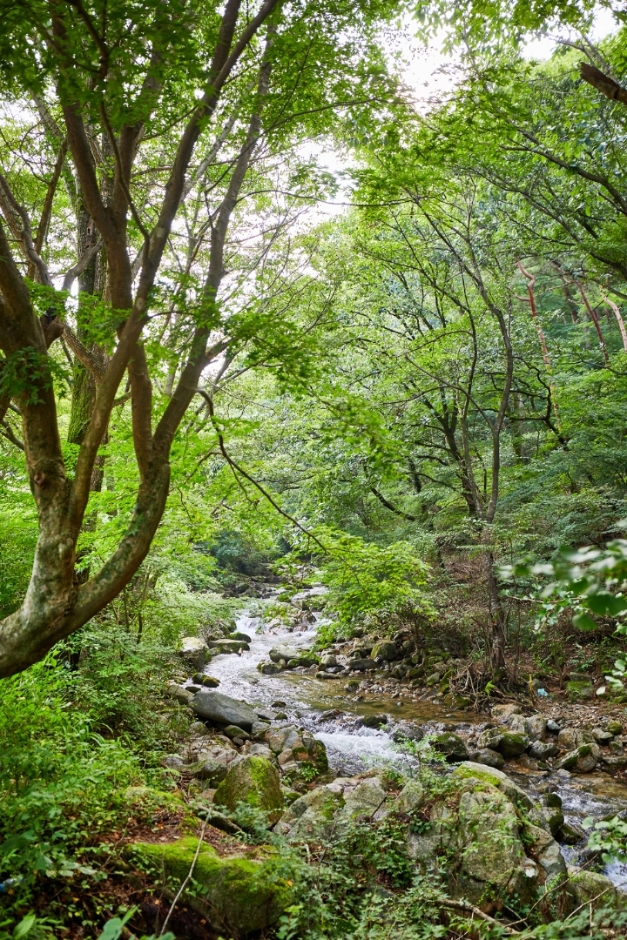

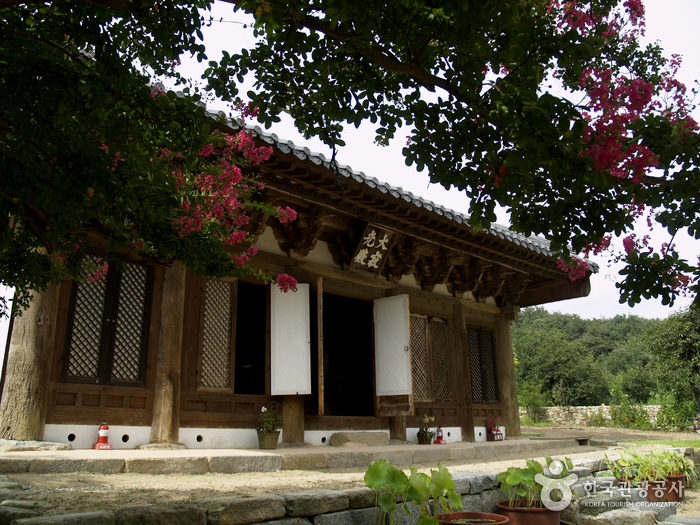
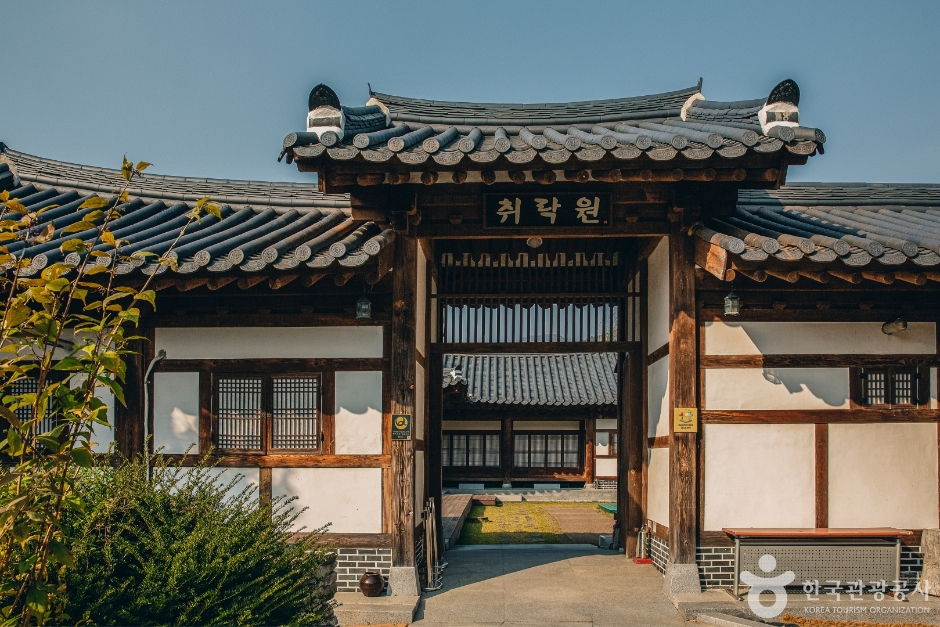
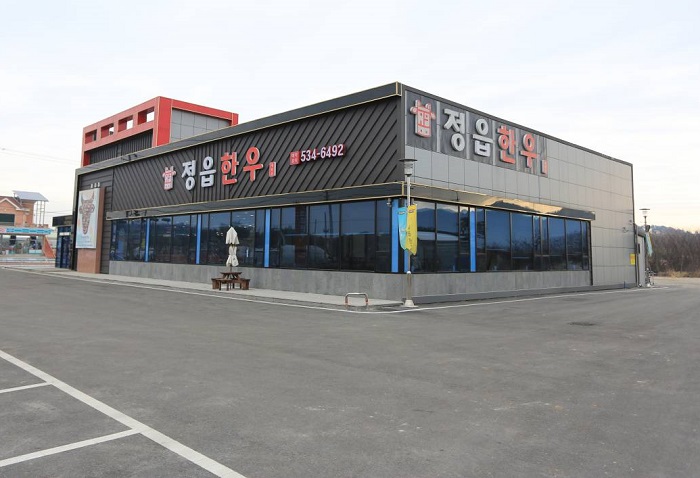
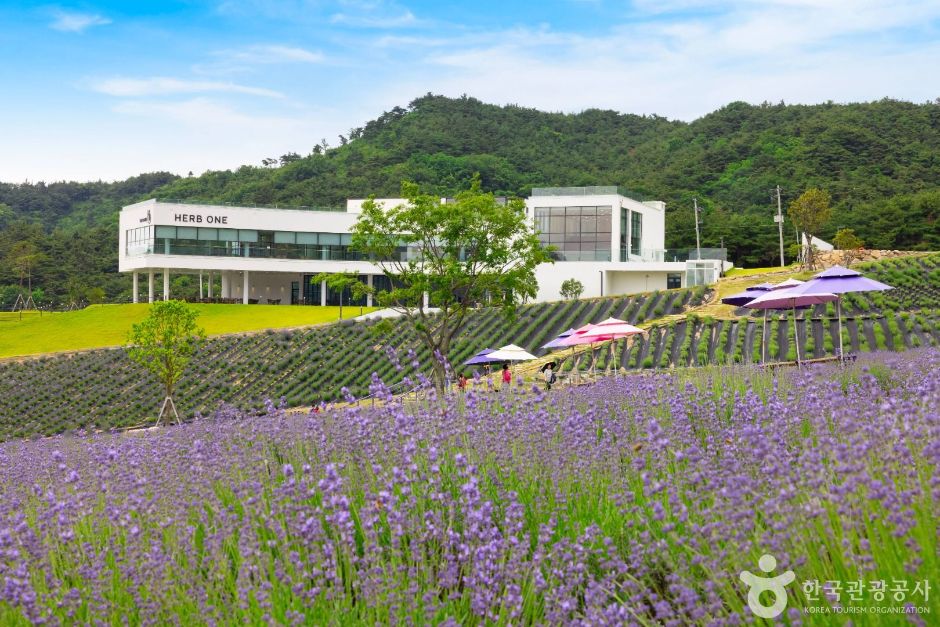
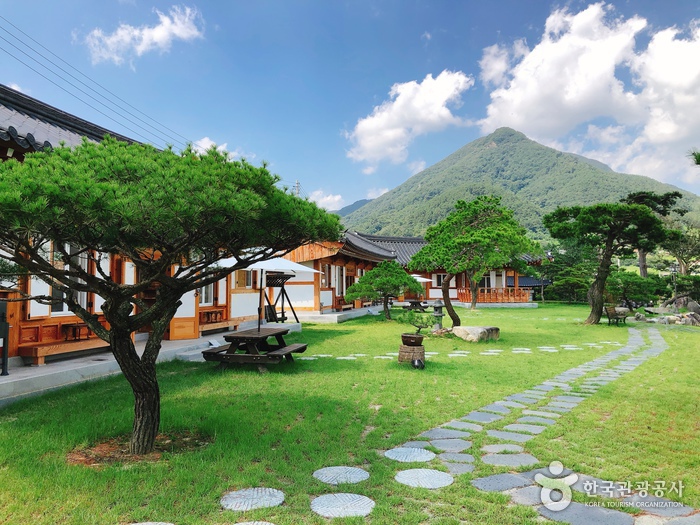
 English
English
 한국어
한국어 日本語
日本語 中文(简体)
中文(简体) Deutsch
Deutsch Français
Français Español
Español Русский
Русский